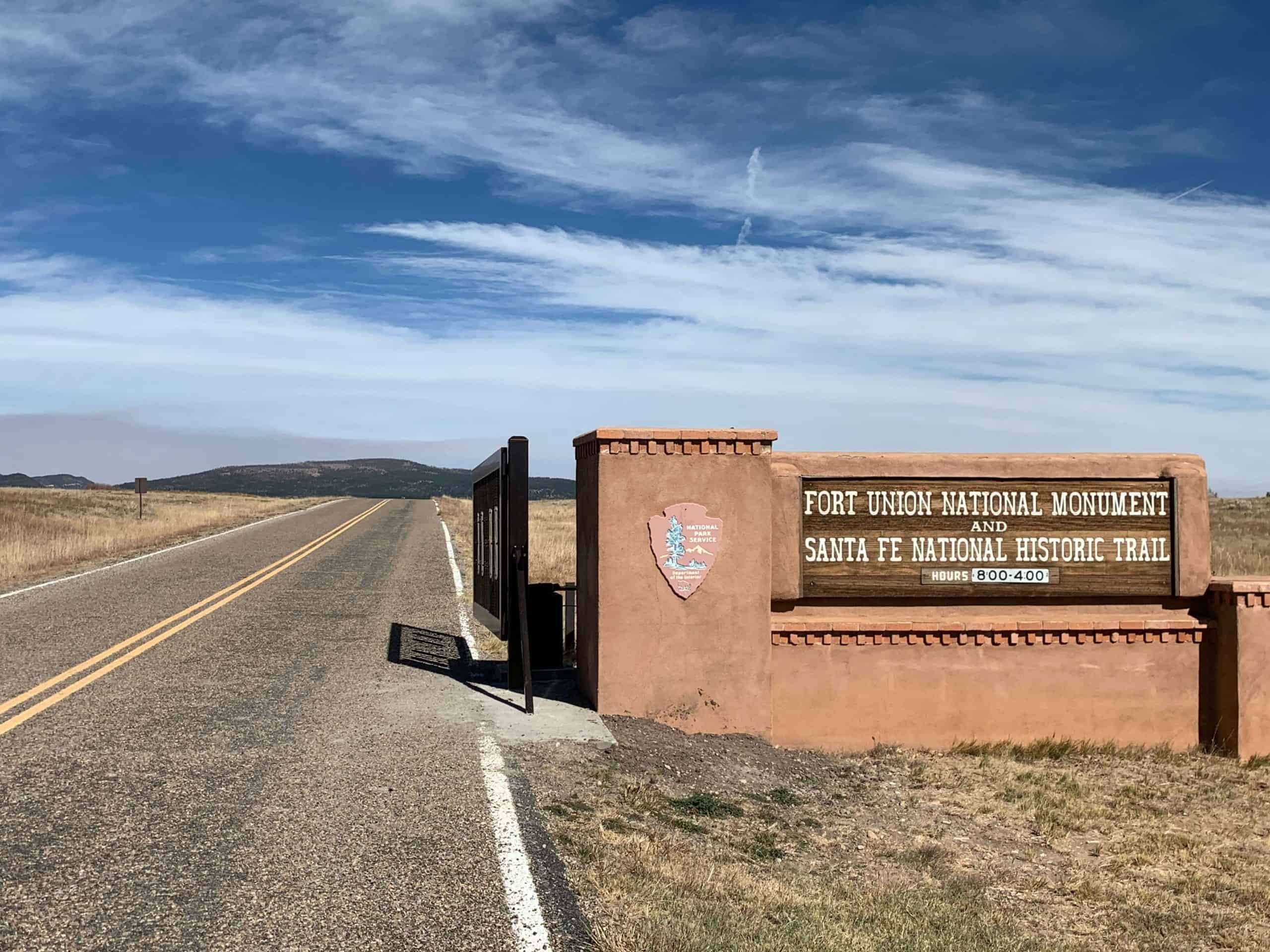
Welcome to Fort Union
Before I moved to New Mexico, I had never heard of Fort Union. I’m a history buff, and once I did hear about it, I knew I had to see it myself.
With the New Mexico territory belonging to the United States at the end of the Mexican-American War, it became clear settlers heading west needed refuge and protection along the Santa Fe trail that stretched from Missouri to Santa Fe. From 1821 to 1880, The Santa Fe Trail was a true 1800s international highway, and to this day you can see the ruts in the dirt from wagons moving people and goods back and forth.
Before I moved to New Mexico, I had never heard of Fort Union. I’m a history buff, and once I did hear about it, I knew I had to see it myself.
With the New Mexico territory belonging to the United States at the end of the Mexican-American War, it became clear settlers heading west needed refuge and protection along the Santa Fe trail that stretched from Missouri to Santa Fe. From 1821 to 1880, The Santa Fe Trail was a true 1800s international highway, and to this day you can see the ruts in the dirt from wagons moving people and goods back and forth.
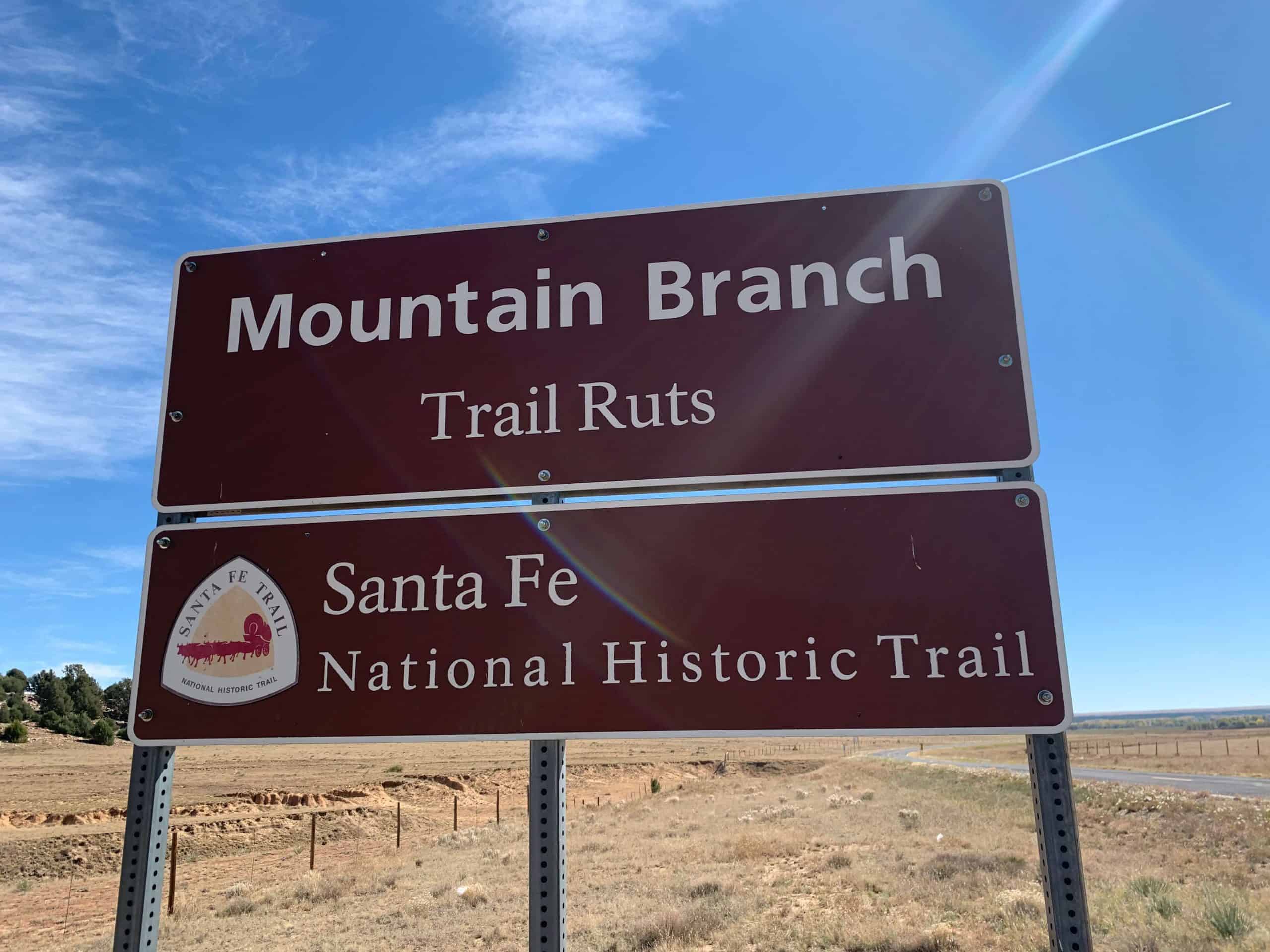
Driving through history
The American-Indian Wars of the 1870s were still to come, but Indigenous Nations were already growing increasingly displeased with the loss of land to settlers, and attacks on the Santa Fe trail did happen.
I approached Fort Union on a leisurely drive and, thanks to some reading before I headed out, realized that the actual Santa Fe Trail was only a few hundred feet off to my right. I was driving down a road in the middle of history. It was a bright, sunny day, and I could see for miles. There was a forest fire off far off to the west, and smoke was billowing into the sky.
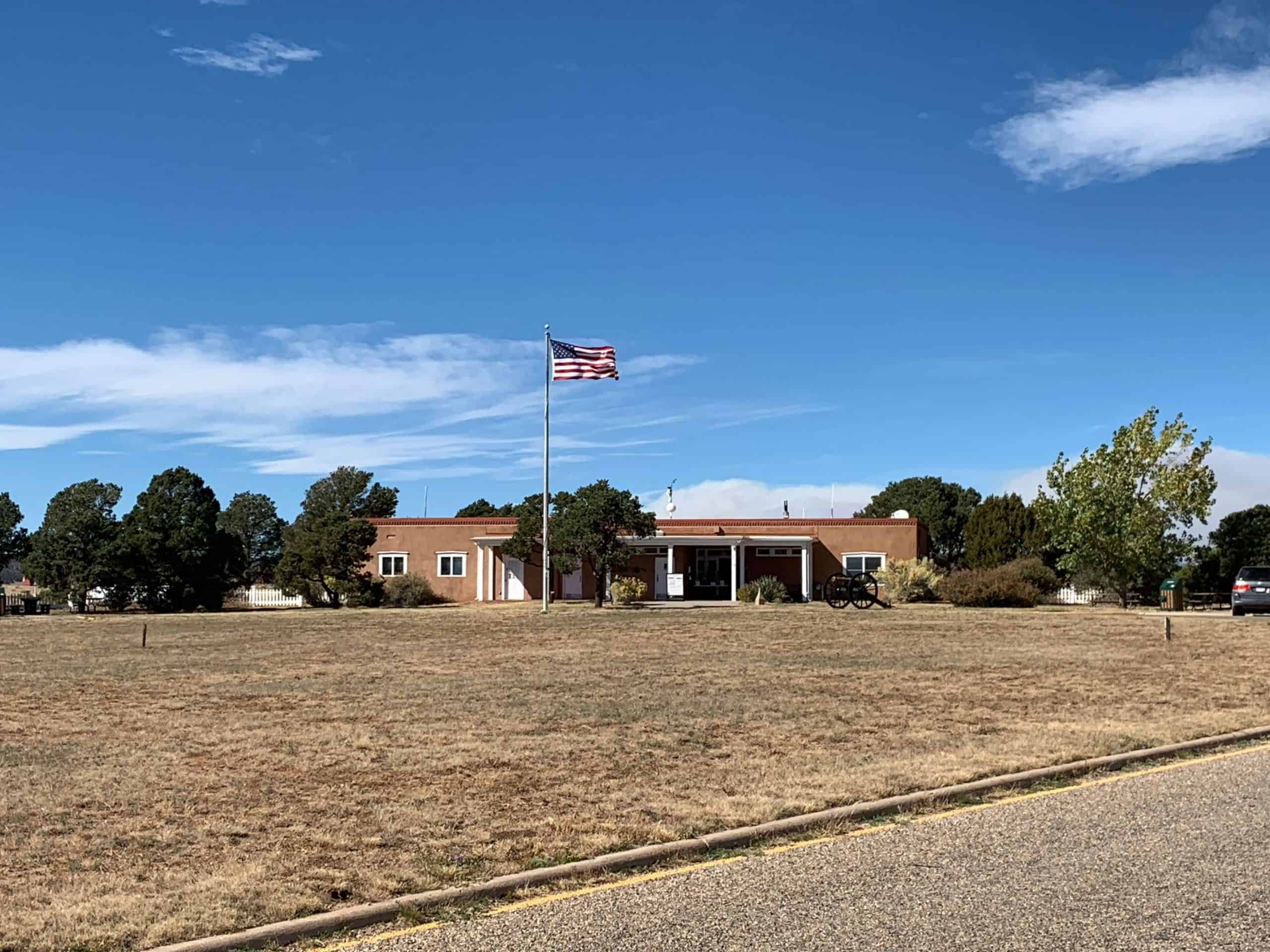
Visitor Center
There is a stop before you reach Fort Union where you can see ruts from wagon wheels in the soil and I pulled over to take a look. There is beautiful country in every direction, and I tried to imagine what it must have been like as people, livestock, and wagons moved slowly over the terrain, and how they must have felt seeing Fort Union in the distance.
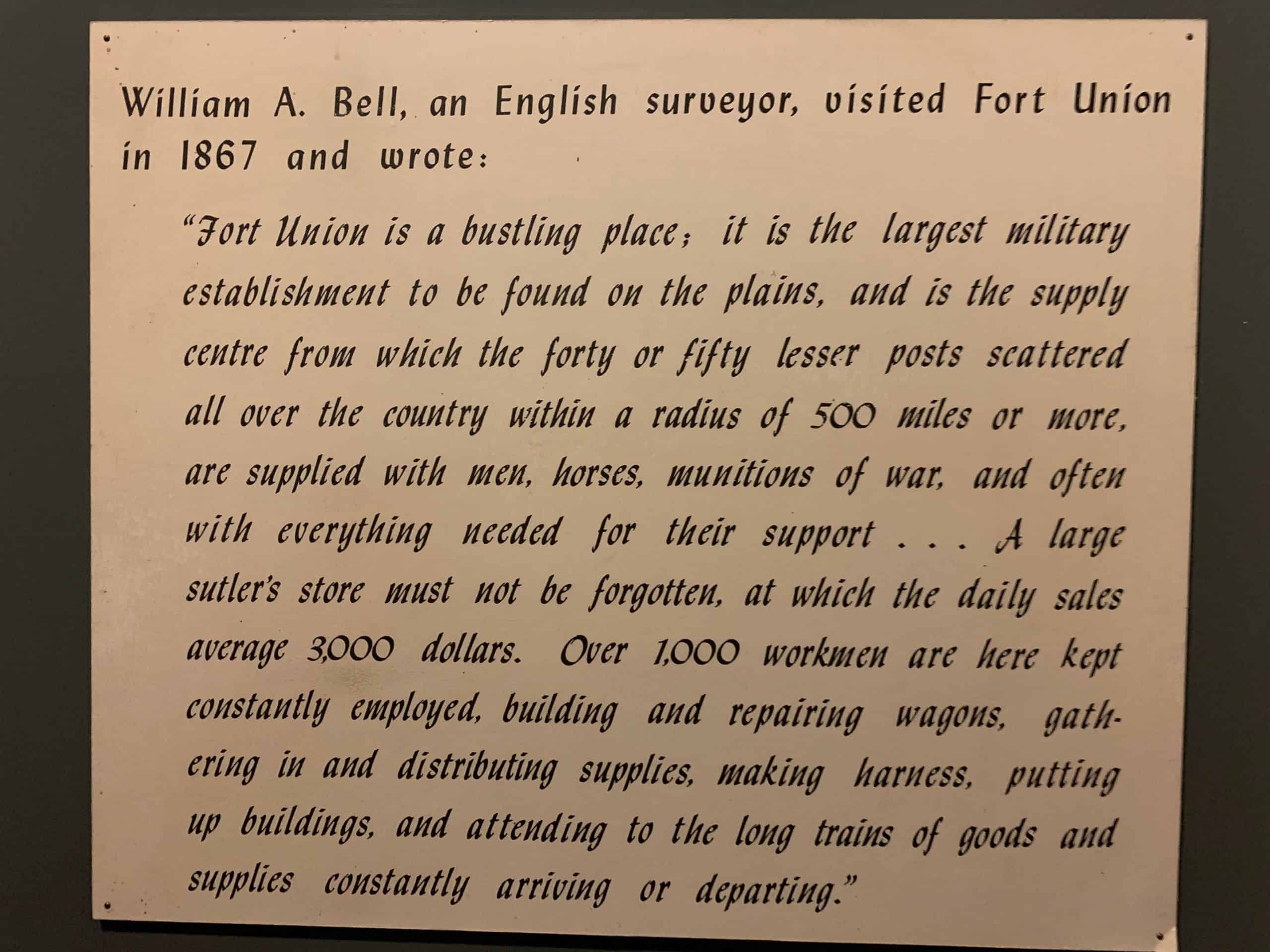
In the Visitor Center Museum
When I pulled into the parking lot, I was one of four visitors. I chatted with the ranger, who was stationed at a welcome table, and she admitted that, due to Covid, visits were down. When I headed in to walk the Fort grounds I was alone.
“The safest place in the world to bring up children.”
-Genevieve Collins, (from the Fort archives)
It was often said that Fort Union looked more like a town than a fort. U.S. Army soldiers (Enlisted and Officers) brought their families to live with them. Children attended school when a teacher was available, rode horses, played baseball, and did what kids do. Officers’ wives organized social events like dances, teas, and balls. There was bowling, billiards, and a host of field sports for entertainment.
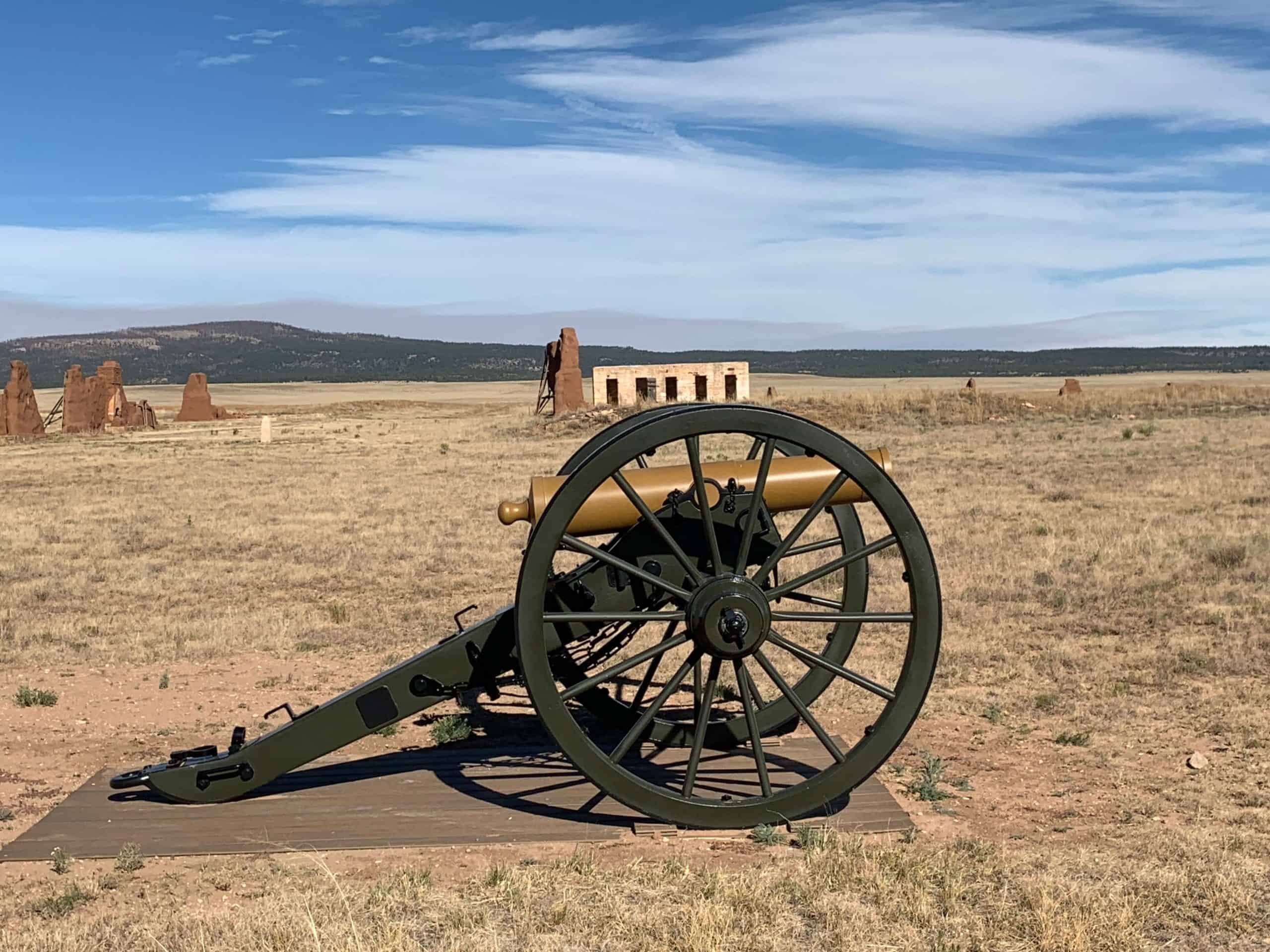
U.S. Army 12 pound Howitzer, built in 1841 (you can see the jail in the distance)
There was a jail, a store, and a large mechanics corral where there was constant work being done. Some slaves were there prior to the Civil War, and in 1875 the famed Buffalo Soldiers of the 9th U.S. Cavalry moved their Regimental Headquarters there.
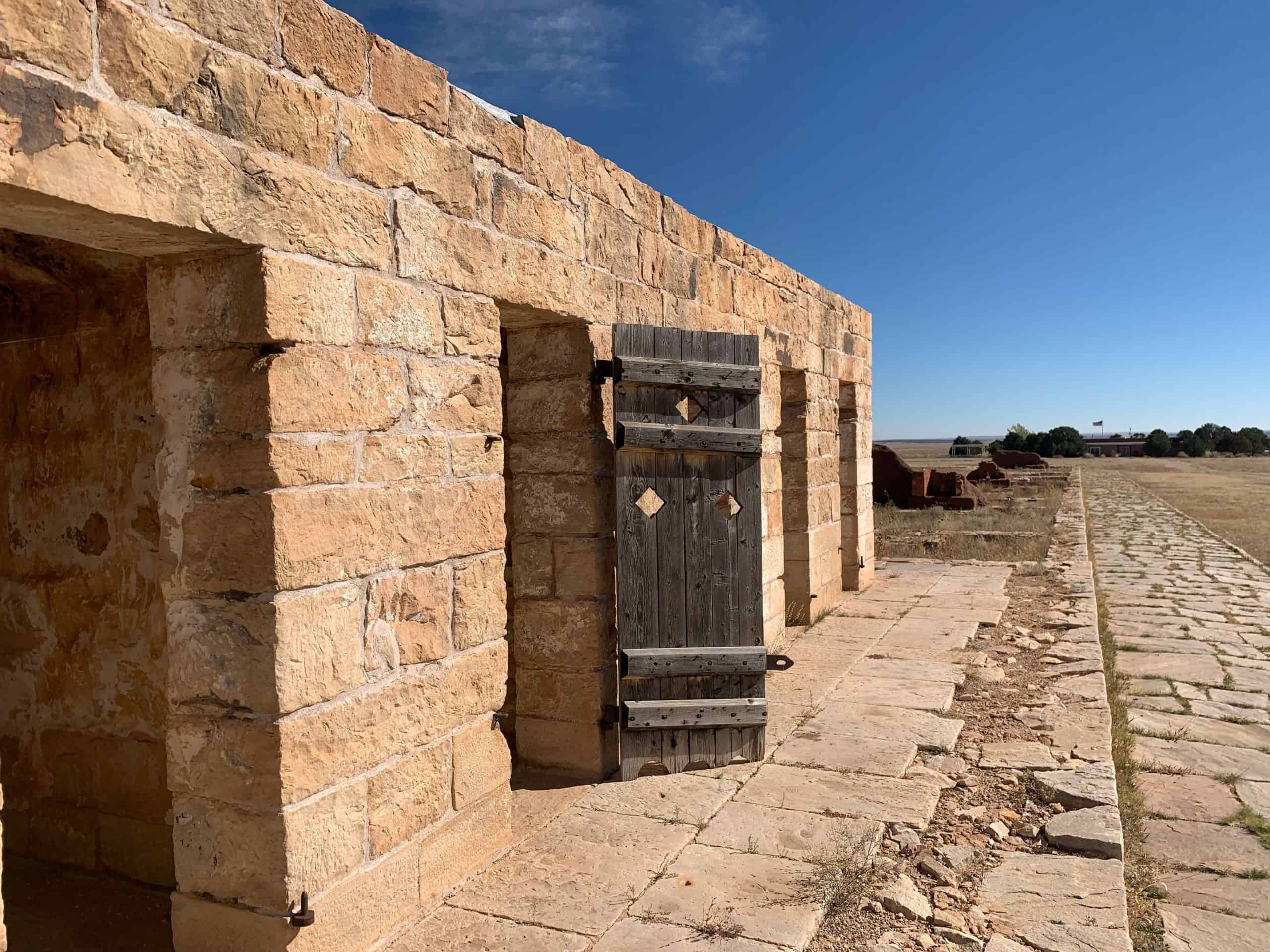
Jail exterior. The stones you see off to the right is the old sidewalk.
It is hard now to imagine how busy Fort Union was in its time, and how it became the American Southwest’s central supply hub. Up to 100 wagon trains of 200 wagons each would pass through Fort Union daily. The Quartermaster Depot was an exercise in logistics as they received and shipped thousands of tons of supplies to over 46 posts.
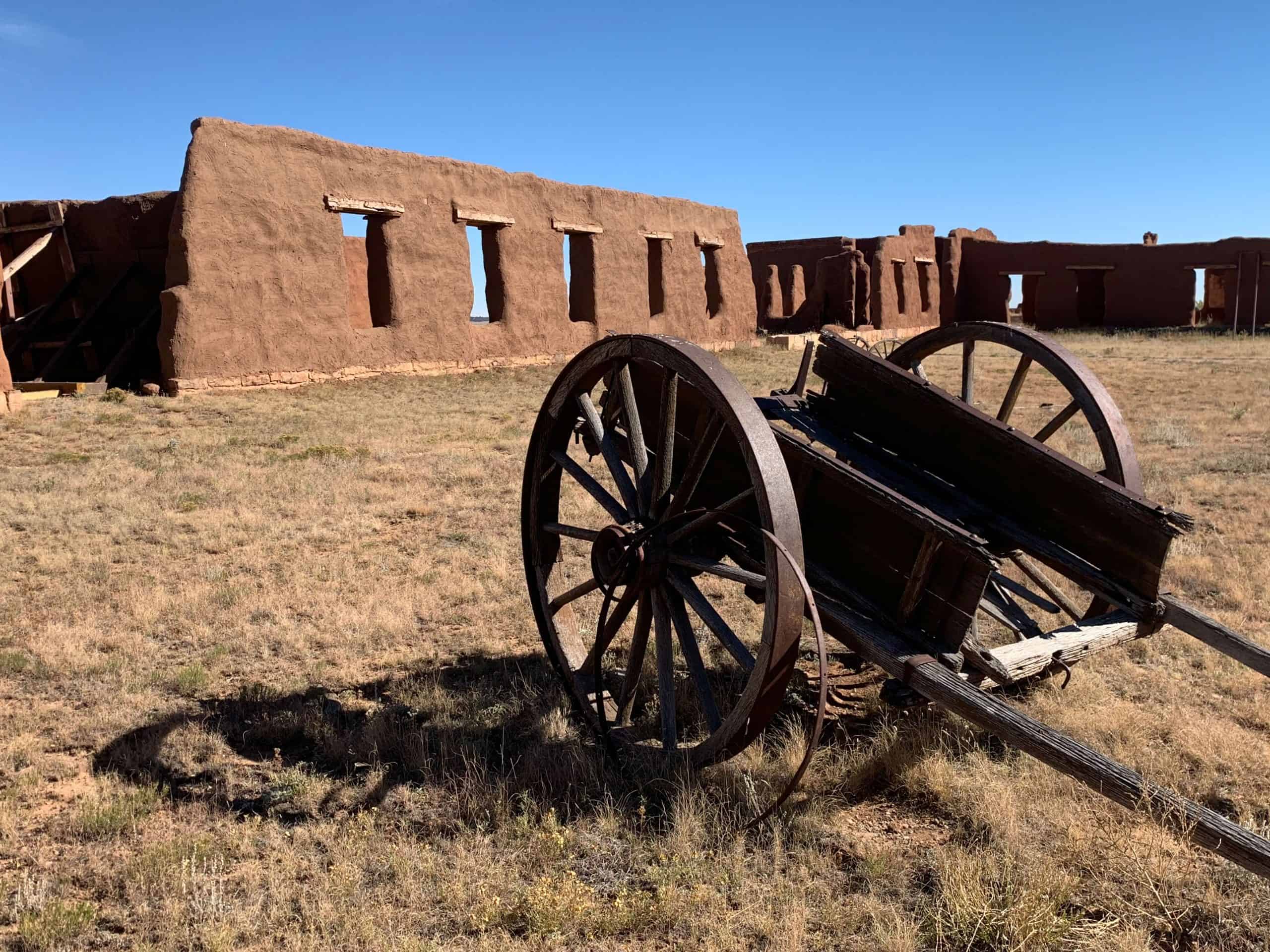
In the end, the railroad came to Santa Fe, and Fort Union began its decline. It was officially ordered to shut down on February 12, 1891 and the last soldiers left on May 15th.
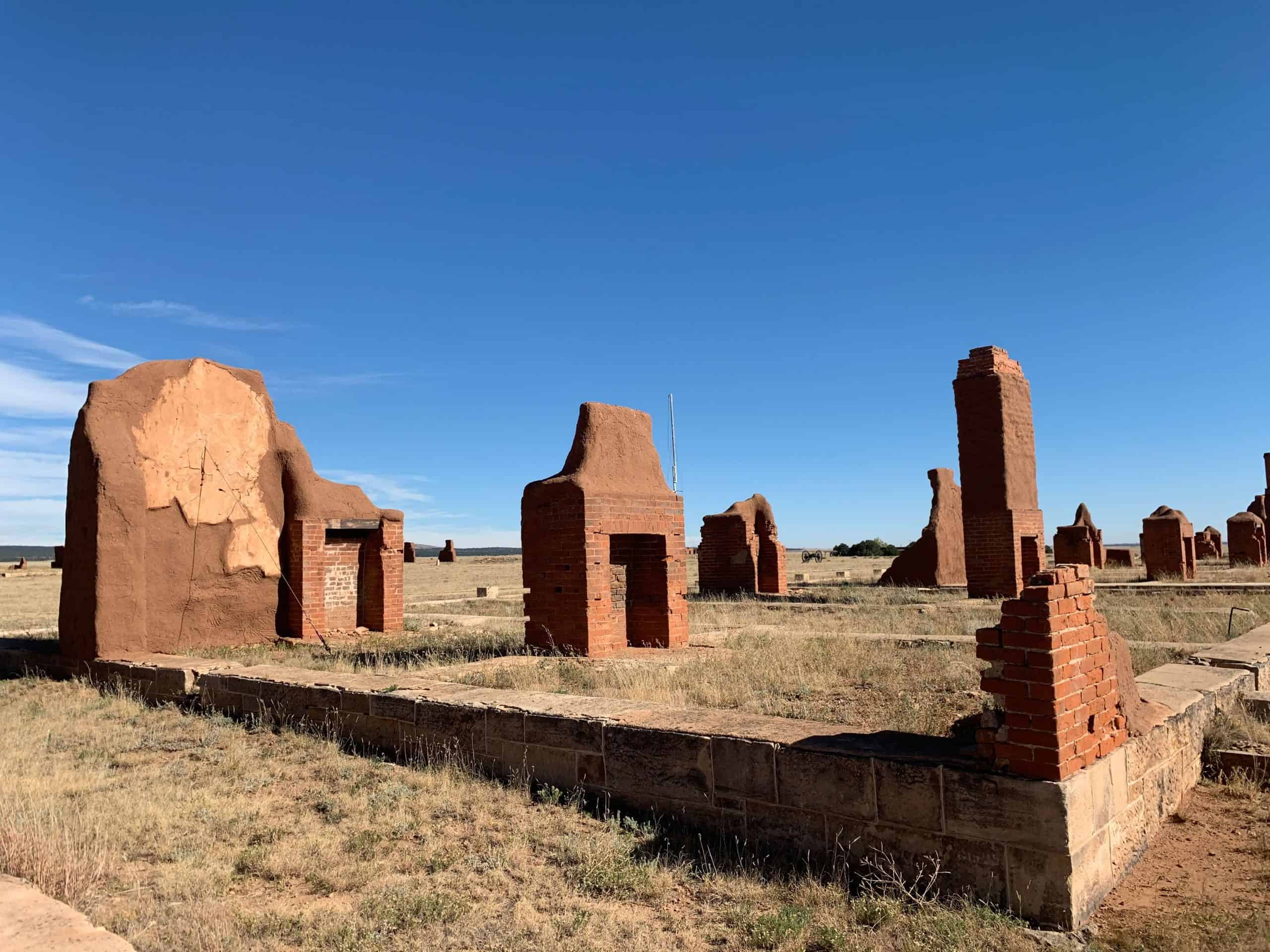
Officers Quarters
Interestingly, while some of the adobe walls, chimneys and a few structures remain, the majority of usable material was stripped by settlers in surrounding communities to use as construction material. To this day, if you want to see some of the doors from buildings, wood and other Fort Union construction material, it is now part of towns such as Watrous.
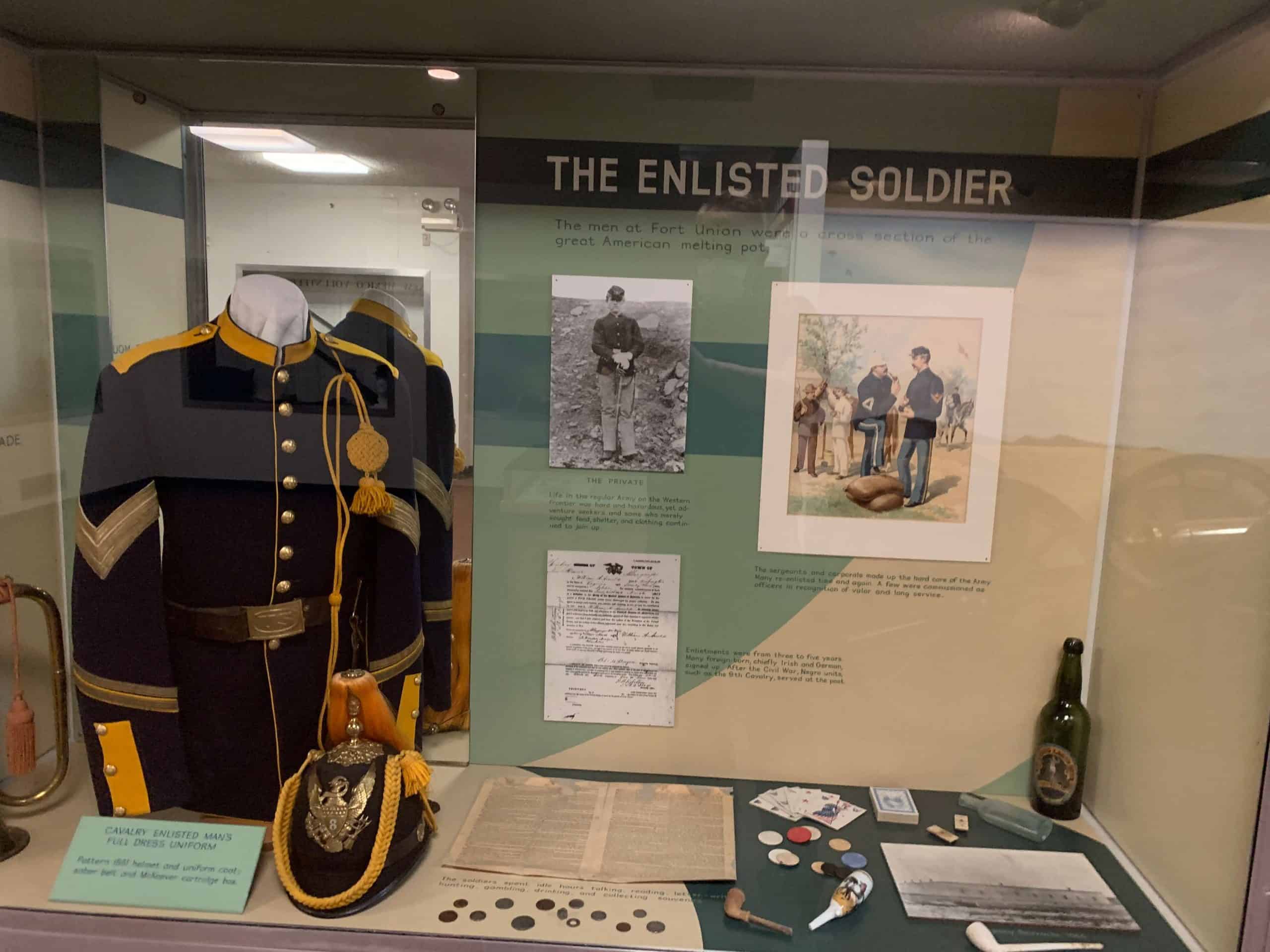
Visitors Center Museum
Fort Union is full of history, and I’d need to write a book to do it justice. It is definitely worth a visit. There is a small museum inside, and the rangers are friendly and eager to share their knowledge with visitors. The longer I am in New Mexico, the more I keep discovering how special this state is, and I’m looking forward to more.